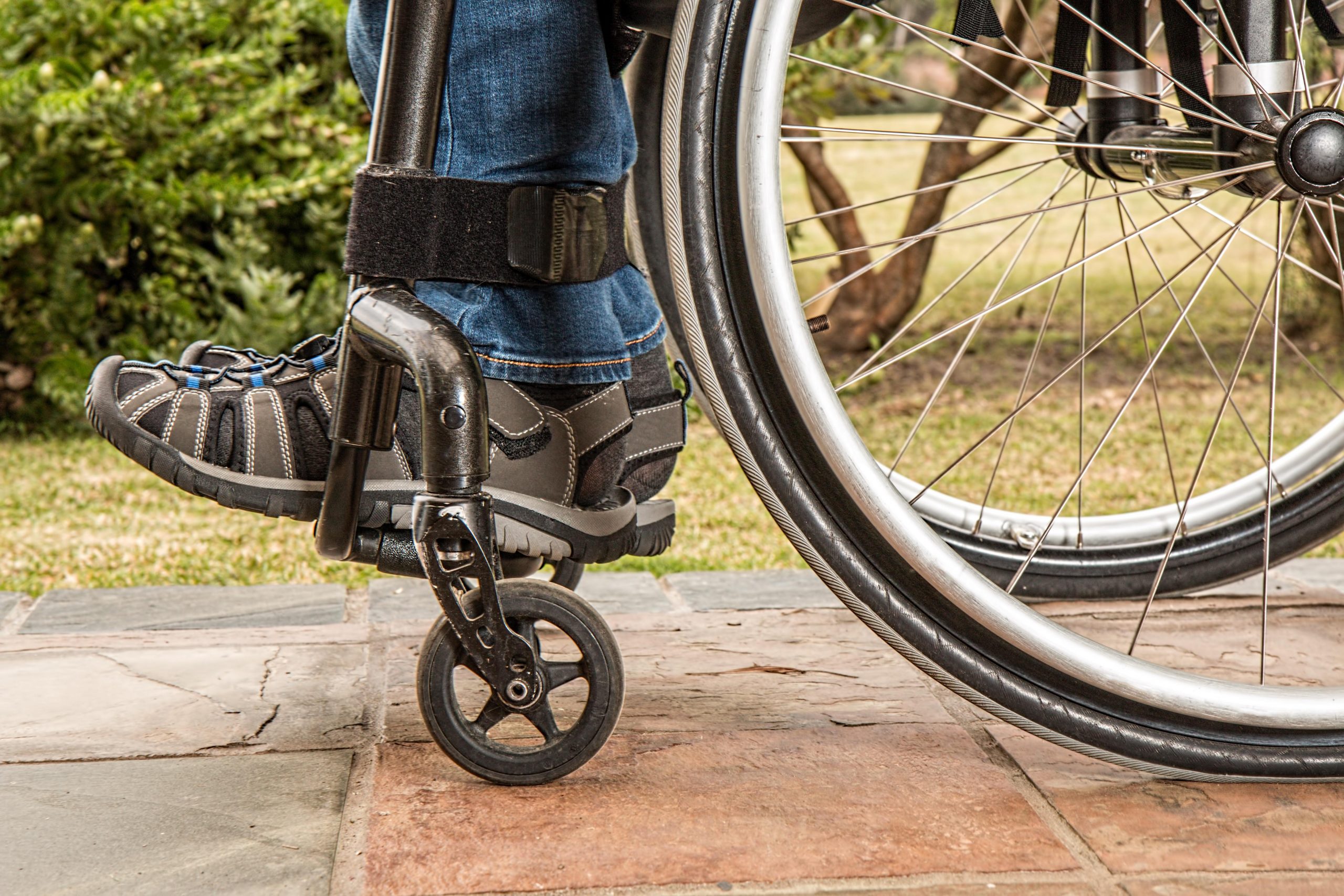If you live with mobility issues or physical limitations, fitness is even more important. There are routines and exercises that work perfectly with mobility aids to help you maintain a regimen for your holistic health and wellness.
Everyone needs some degree of physical activity, and for those that use mobility aids regularly, it is even more integral to holistic health and wellbeing. The best activities and exercises vary depending on the different types of mobility equipment used.
Consider the following tips for exercises and activities with mobility aids:
Seated Exercises
If you have experienced or are recovering from injuries to the lower body, or if you have limited mobility with legs and feet, seated exercises are a practical option. These activities also work well for anyone with coordination issues, who fears falling, is frail, or the extremely overweight. These simple routines help posture while alleviating chronic back pain for those that sit for prolonged periods of time. Some tips when working out include:
- Choose a straight-backed chair that allows your knees to be positioned at a right angle.
- If you do these from a wheelchair or scooter, always make sure that the brake is secure.
- Sit with shoulders back to improve posture during the routine.
- If you live with high blood pressure, do not use hand weights during seated exercise.
- Stay hydrated. Keep water nearby when working out.
Now you are ready to start working out! Always talk to your practitioner or doctor before embarking on a new health regimen or fitness plan for continuity of care.
Now get up and try these seated exercises for yourself!
Aerobics
Don’t underestimate the impact of chair aerobics, which include a series of movements repeated to raise the heart rate. When you do these rigorously, you are also burning calories and potentially losing weight. Some ways that you can work up a sweat while sitting in a chair or mobility aid include these suggestions:
- Use your hand weights to air punch for several seconds, and then repeat.
- Invest in a video gaming system that offers fitness and sports apps. These are also easy to modify to a seated position for a fun dose of chair aerobics.
- Find a gym with a wheelchair training machine. These enable arm workouts, like rowing or bicycling with your arms. If you have an under-the-desk pedal machine, these can be mounted to a table at chest level for you to use with your arms when seated.
- Turn up some music and try chair dancing! You can easily work up a sweat and increase your heart rate this way.
- Some communities offer wheelchair sports teams and programs that you may participate in. For instance, basketball is often found offered as a wheelchair sport- and it is a great way to work your arms and upper body.
Additionally, these exercises when done consistently can help improve flexibility and reduce chronic pain, as well as help increase coordination and balance which may help to reduce the risk of a fall.
Strength
You may wonder how to build strength if you are confined to a walker or wheelchair; the fact is, hand weights and resistance bands are great tools to improve overall body strength.
Try these tips to build upper body strength:
- Try lifting weights in traditional curls, presses, and extensions in sets of ten, repeating sets as you gain strength.
- Attach your resistance band to a fixed object, like a door or piece of furniture, and pull the band down in sets of ten.
Don’t have hand weights at home? Use one-pound cans of food or other household items with some weight to them.
Stretching
Stretching is crucial to maintain flexibility as you age. If you sit for extended periods, such as in a wheelchair, it is important to stretch and work on your range of motion. One way to do that is through yoga.
Yoga is a very adaptable exercise, and many yoga teachers can demonstrate ways to augment moves to suit your mobility level. Chair yoga is great for increasing flexibility, while also helping build strength from resistance. Plus, yoga and tai chi are very relaxing, so you leave your workout feeling calm and serene.
Water
Water reduces the impact on the body’s joints, so it is much easier to move around. If you struggle with getting in and out of a pool, consider working out where there is a pool lift to help. Many community rec centers and rehabs offer these amenities. Also, find out if any local pools or fitness clubs offer pool therapy classes or programs.
If you live with physical disabilities or mobility issues, exercise, and fitness is essential. Try these activities to remain strong and flexible across the lifespan. Would you benefit from mobility aids or devices? Talk to the team at Pacific Mobility to learn more today!
President, Husband, Father, Grandfather Graduate of UC Davis- Bio Sci Major- Go Aggies! Jeff has extensive experience in all of Pacific Mobility’s products and services, and specializes in accessibility products as well as stairlifts, ceiling lifts and custom wheel chairs. His hobbies include spending time with family, gardening, mountain biking, exercising and off road motorcycle riding.
24 years as Owner/President of Pacific Mobility Center – selling, installing, and servicing stairlifts, porch lifts, ceiling lifts, pool lifts, handicap ramping, specialty wheelchairs, scooters, power wheel chairs, and other power mobility devices
Certified Environmental Access Consultant since 2008
Licensed General Contractor since 1998
Certified Aging in Place Specialist since 2016
Board Member for Home Access Professionals
Member of Association of Members of the Accessibility Equipment Industry (AEMA)




